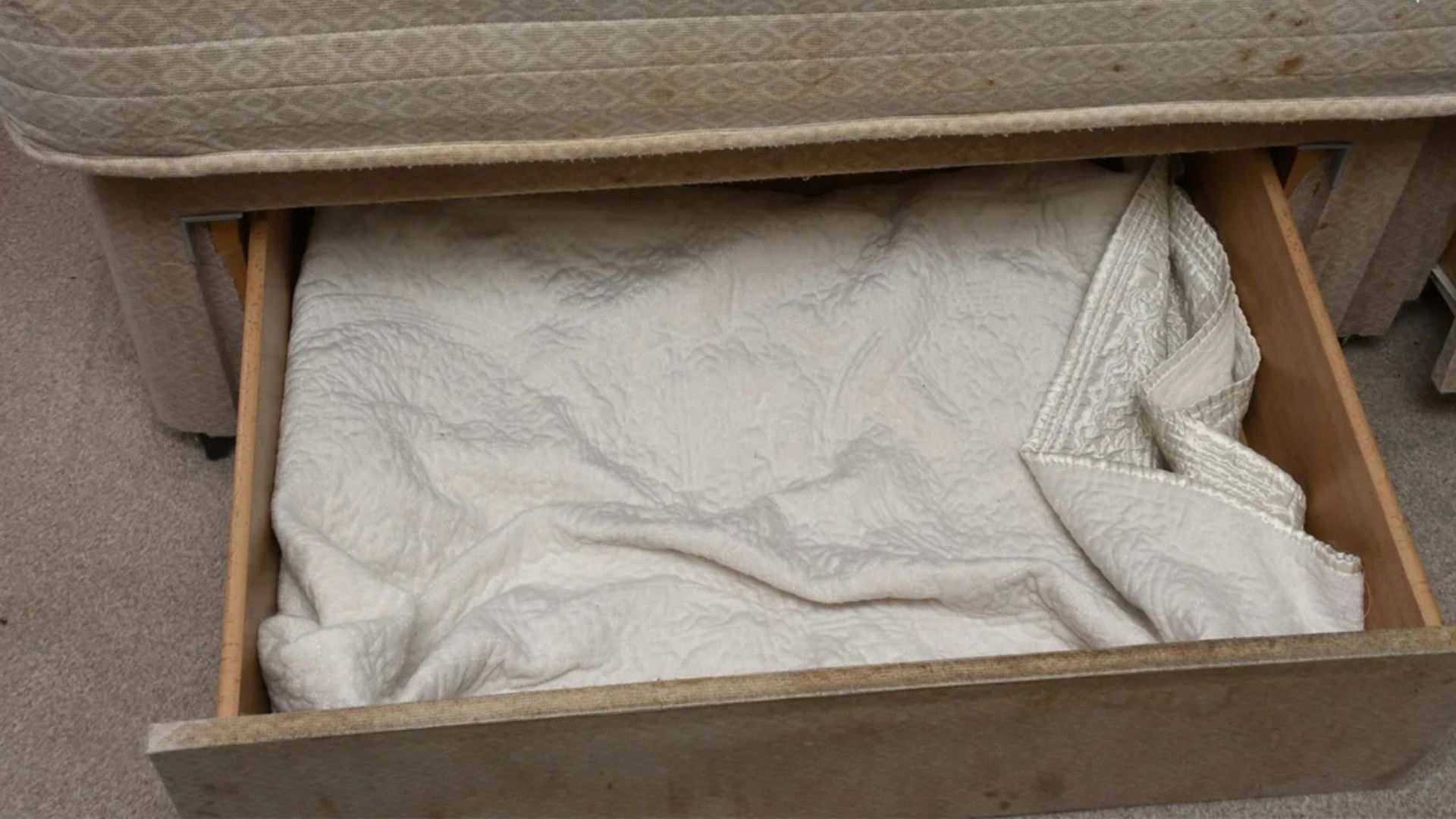
The Vikram lander module of Chandrayaan-3, according to the Indian Space Research Organization on Friday, released 2.06 tonnes of lunar epiregolith, or moon dust, and created a spectacular ejecta halo. The space agency also stated that the lander’s displacement covered 108.4 m^2 in the vicinity of the landing location.
Additionally, ISRO provided a link to the document containing information on X and stated, “The Chandrayaan-3 Lander Module produced a spectacular ‘ejecta halo’ of lunar material on August 23, 2023, as it descended.” An estimated 2.06 tons of lunar epiregolith were ejected and moved over a 108.4 m2 region surrounding the landing site, according to NRSC/ISRO scientists.
The document shared by ISRO on X said, “The Vikram lander of the Chandrayaan-3 mission landed near the south pole of the Moon on August 23, 2023. During the action of descent stage thrusters and the consequent landing, a significant amount of lunar surficial epiregolith material got ejected, resulting in a reflectance anomaly or ejecta halo.”
“We compared the pre- and post-landing high-resolution panchromatic imagery from the Orbiter High-Resolution Camera (OHRC) of the Chandrayaan-2 orbiter, acquired hours before and after the landing event and characterised this ‘ejecta halo’, which appears as an irregular bright patch surrounding the lander,” it added.
“From the mapped and classified, uncorrelated ‘ejecta halo’ pixels, an approximate areal extent of 108.4 m2 is estimated to have been covered by lunar epiregolith ejecta displaced due to the landing sequence of the Vikram lander. Further, using empirical relations, we estimate that approximately 2.06 tonnes of lunar epiregolith were ejected due to the landing event,” the document added further.
On August 23, India took a giant leap as the Chandrayaan-3 lander module successfully landed on the moon’s South Pole, making it the first country to have achieved the historic feat and bringing to an end the disappointment over the crash landing of the Chandrayaan-2, four years ago. India became the fourth country – after the US, China, and Russia – to have successfully landed on the moon’s surface.
Soon after the soft landing of Chandrayaan-3, India launched its maiden solar mission Aditya-L1 on September 2. So far in its journey, the spacecraft has undergone four earth-bound manoeuvres and a Trans-Lagrangean Point 1 Insertion (TL1I) manoeuvres, all successfully. In the process, the spacecraft successfully escaped the sphere of Earth’s influence.














